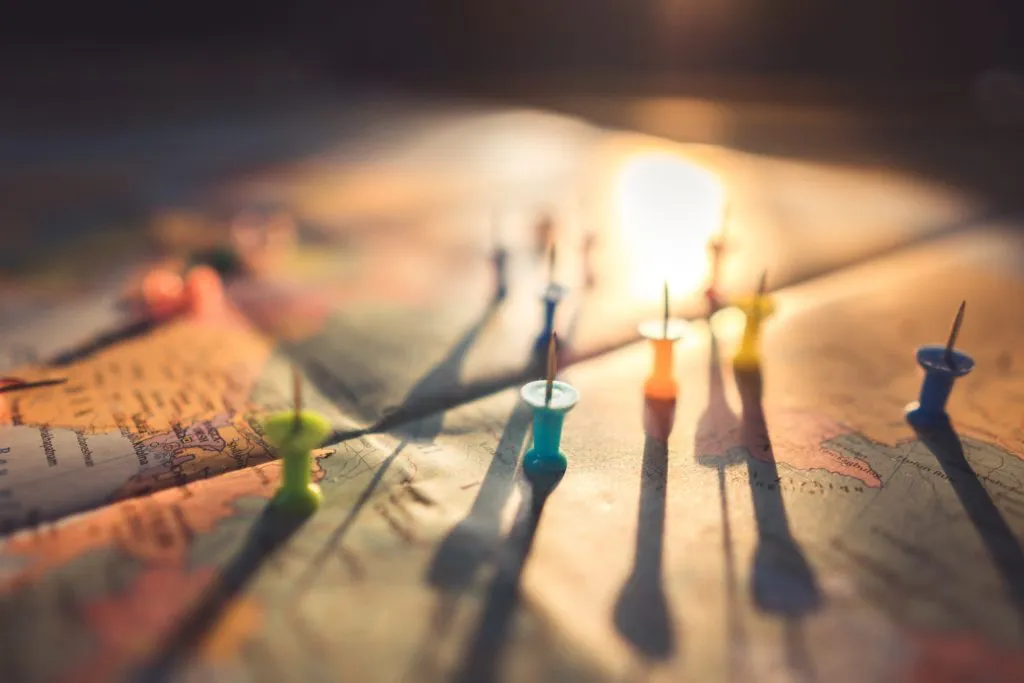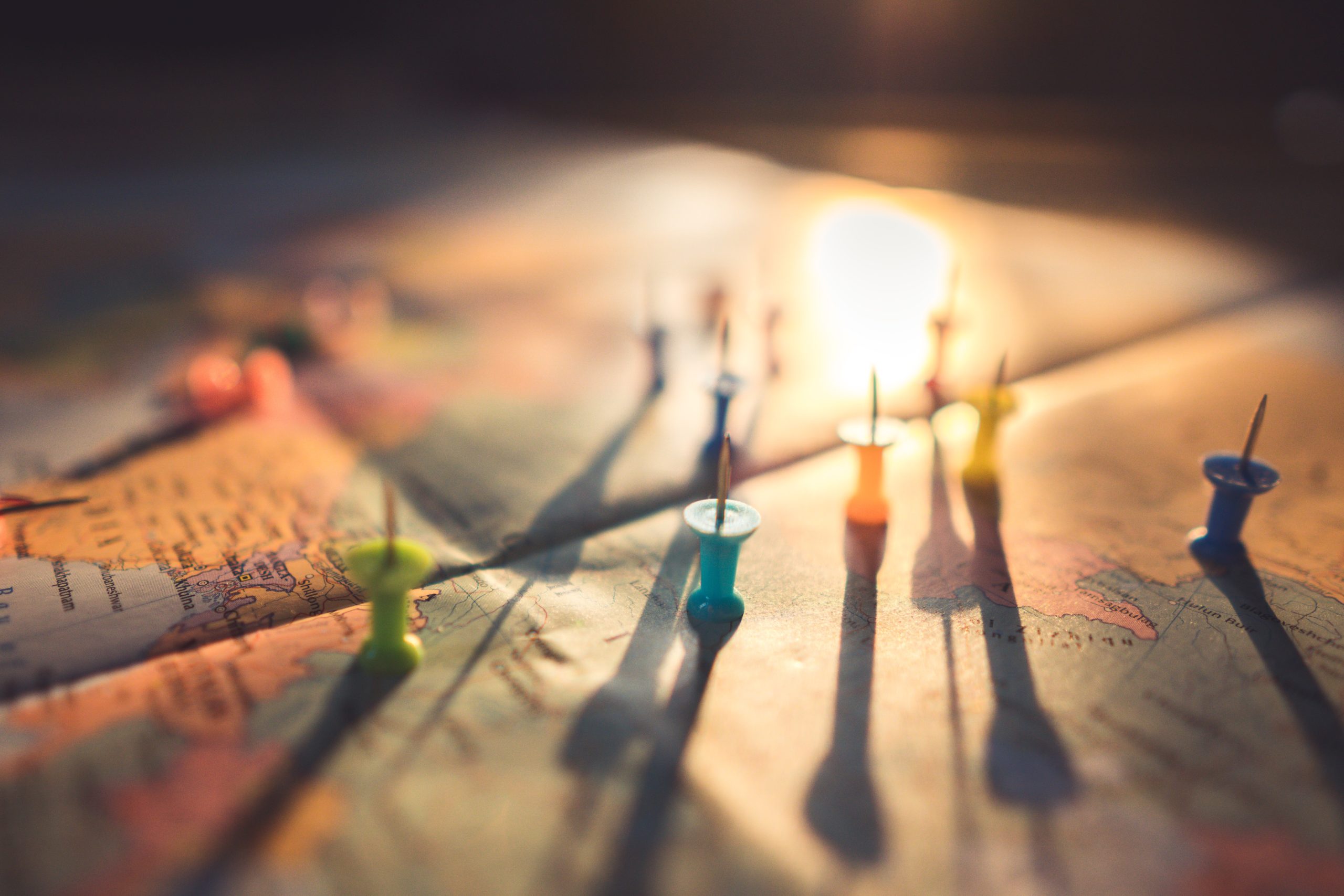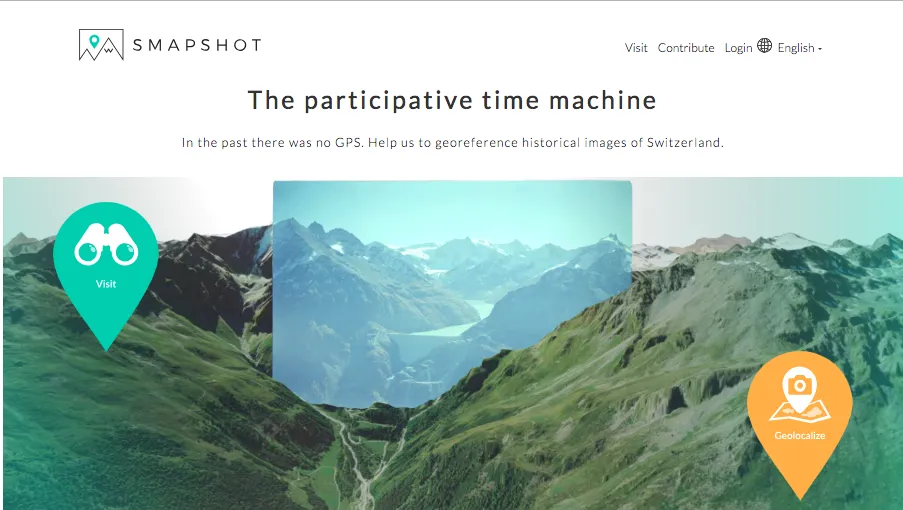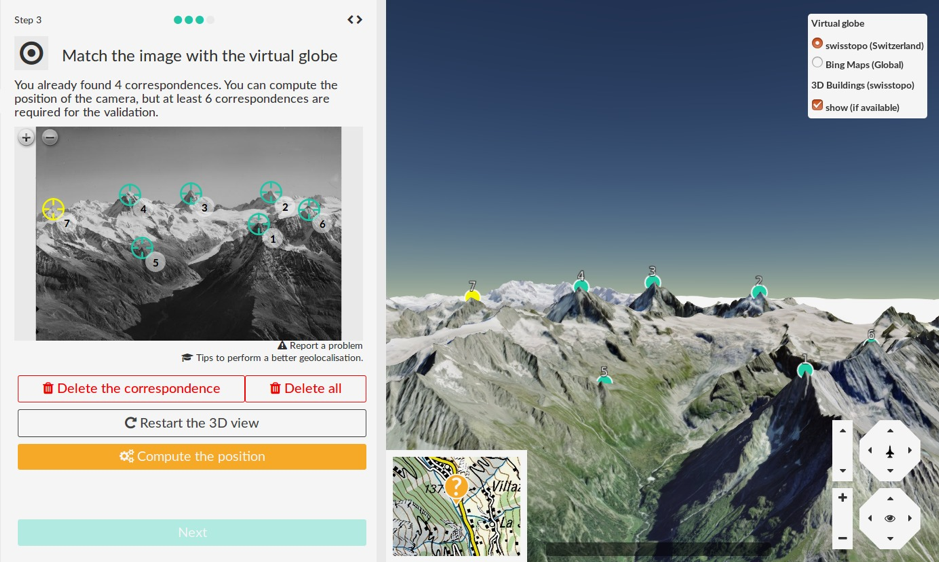
Facebook is hiring OSM experts for its Maps team

Facebook is looking for two GIS industry experts for full-time contractual positions based out of its California, US headquarters. The social media giant wants to hire a Map Editor and a Maps Quality Analyst, who would be working with its Maps and Spatial Computing teams, respectively.
The basic responsibilities include editing and validating crowdsourced OpenStreetMap (OSM) data and communicating its detailed analyses to support decision making. As you may be aware, OSM is a collaborative project to create a free editable map of the world. Which is why, the ideal candidate needs to have a formal education in GIS or geography. And if you have an experience with OSM and its editing tools, that would get you extra brownie points.
Also read: Why would you use OpenStreetMap if there is Google Maps?
If you are interested in giving these vacancies a shot, you can check out the detailed requirements and apply for the Map Editor position here and Maps Quality Analyst here.
The last few years have seen Facebook ramp up its work with maps. It has already created a super-detailed Population Density Map in attempt to deliver internet facilities to rural areas and developing countries. Facebook has also been working with non-profit organizations like UNICEF, the International Federation of the Red Cross and Red Crescent Societies, and the World Food Programme to help them locate those in need with its Disaster Maps.
Of course, not all of Facebook’s mapping initiatives are humanitarian in nature. Tracking people’s location for advertising purposes makes up a major part of Facebook’s revenue stream. These open positions, however, do not seem to have a commercial focus.










